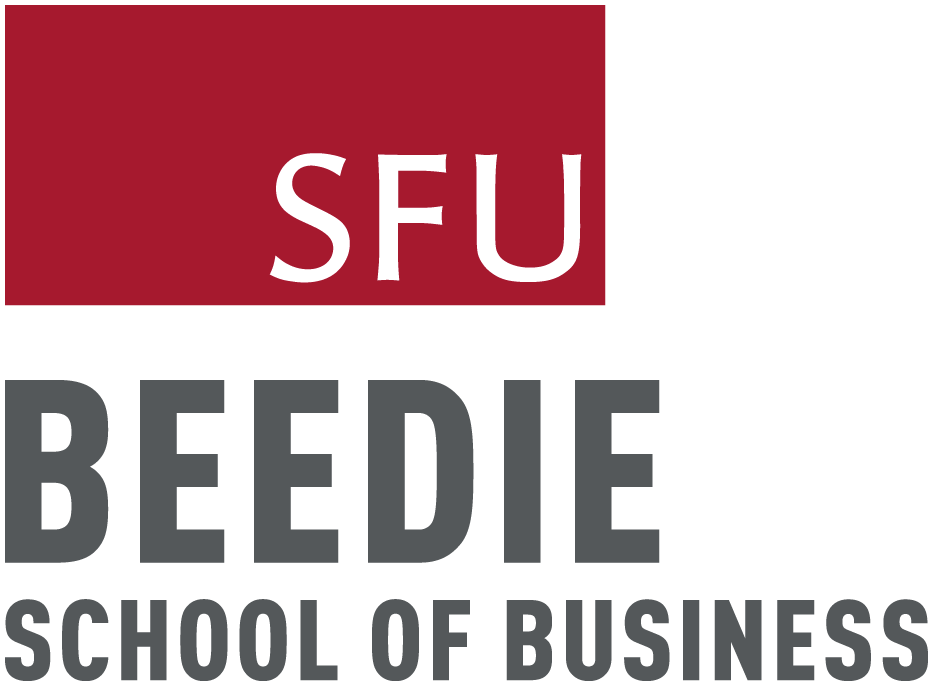Tell us a bit about yourself
I am Co-Founder of Fluency Leadership which is a leadership + team development, and coaching company that specializes in working with leaders, teams, and individuals in the communications, marketing, and the creative industries. We launched our new company in September (yes, in a pandemic) because particularly now, with massive change, pervasive uncertainty and remote work, we believe leaders need to learn a new language of leadership and teams and individuals need to be more self-sufficient, adaptable, and independent. My experience is real, lived and relatable. I am a career communicator and an entrepreneur. I’ve held senior roles in Corporate, Internal, and Marketing communications. I’ve led large teams, been at the senior leadership table, and I’ve been a trusted advisor to a number of CEO’s. I also have my coaching certification through the International Coaching Federation. And I’ve been a long-time IABC member and am past President of IABC/BC and IABC Canada West Region.
What leadership skills do you find most useful today?
The dramatic changes in 2020 have disrupted leadership in such a way that leaders need to learn, what we are calling The New Language of Leadership. And we’ve defined this language within a framework of five skills (we call them fluencies) that leaders now need to embrace to be future-ready. Those skills are 1) Adopting a coaching mindset, which involves asking questions not giving answers 2) Leading with clarity, based on what you know now rather than leading with certainty, which presumes outcomes 3) Communicating – always important as we know, but in a world where physical presence is not available, leaders need to develop their presence and be present across all mediums 4) Adaptability – now is the time to be open to change, to take risks and be creative and flexible. Leaders will need to be adaptable and inspire that in their teams and finally 5) Empathy – now is the time leaders need to tap into their humanity, vulnerability, and humility. As the lines blur between work and home it’s never been a more important leadership skill and trait.
How do you motivate a team when stress levels are high?
Such a big question and to answer it we need to assume leaders have invested in building trusting relationships with their team. If they haven’t. start there, because they may be the cause of the stress. We also need to assume that the leader set the vision and purpose for the work at hand.
With everything going on, teams are still accountable to get work done and deliver results. That said, we also need to be mindful about the realities and how that is impacting people. The leadership challenge lies in that tension between the two. This is the time for leaders to lean into the relationships they’ve built and really understand what is going on for people. That requires curiosity and questions. Do they have clarity on the task and what is expected of them? What might be getting in their way (both personally and professionally)? What do they need? How can you support them? Then invite them to be accountable (because you can’t delegate accountability) and hold them capable of delivering what they’ve committed to. A sure-fire way to reduce stress is to ensure people are seen, heard, and understood. Also, don’t under-estimate the value of a leaders’ optimism and appreciation. Believing in the team to hit the goals and giving them individual, specific feedback and appreciation, goes a long way.
How to keep teams actively engaged and supported while working remotely?
Much of the answer above applies here too. As people work from home, the expression “out of sight, out of mind” is all too real. We know as communicators that during time of change and uncertainty we have to communicate more. We have to invest in those relationships more. And as leaders we have to develop our presence and be present across all mediums. Connecting with people on a human level has to be a priority both as a team and one on one. So, what does that look like? In addition to the traditional team huddles, leaders are introducing more human-centric huddles that explore emotions (one word you’d use to describe how you are feeling), triumphs, learnings, appreciation (who on the team do you want to appreciate and why?). Other leaders are creating zoom coffee meetings where the team comes together and doesn’t talk about work. Some workplaces have a weekly Zoom non-meeting time where people can hang out on Zoom while they do their work; mirroring the in-person work environment. Weekly one to one check-ins (not check-ups) are so important and only have to be 10 or 15 minutes. Try asking these three questions 1) What’s on your mind these days? What do you need right now? What’s one way I can support you this week?
How can a leader use the coach approach to lead remote teams during a time of crisis?
For those who may not know, the coach approach to leading is powerful because it assumes that competent people are capable of solving their own problems in their own way. So instead of having all the answers, solving all the problems and telling people what to do (which most leaders believe is their role), a coach approach asks all the questions so people get to their own answers. You see when people figure things out for themselves they create new neural pathways and they learn. They are also more motivated to take action and, overtime, they become more self-sufficient, resilient, and independent. As leaders, we want to be developing future-leaders who know how to think, solve and act for themselves. In a crisis like we’ve seen this year, we’ve needed people who have the confidence and ability to step up and get things done. The coach approach fuels that and it frees leaders up to focus on other important work instead of micro-managing the details.
How does setting goals make you a better leader?
As a leader you want to inspire commitment rather than compliance. More important than setting goals is setting the vision. People need to see how their work contributes to the bigger picture and makes an impact. It’s the leader’s role to help people see the connections and understand the why. That’s way more motivating. Goals are the sign-posts along the way that let you know you are making progress and, ideally, they are co-created with your team. The more you involve others, listen to them, invite their contributions, the more they will own the plan and will strive toward the goals.
Recommendations for additional resources to boost leadership skills.
This is hard because there is so much out there. There’s understanding what leadership is and there’s developing specific skills. To understand what leadership is about I invite you to consume anything Brene Brown. Her research on leadership is changing how we think about leading. Start with her book (and/or podcast) called Dare to Lead. Other great books, Good to Great by Jim Collins, Five Dysfunctions of a Team by Patrick Lencioni, Lean In by Sheryl Sandberg, 7 Habits of Highly Effective People by Stephen Covey. And an oldy but goody, How to Win Friends and Influence People by Dale Carnegie (published 1936 and still relevant).
In terms of resources to build leadership skills, start by asking for feedback on areas that are more of a challenge for you. Is it delegating? Having tough conversations? Making decisions? Asking coaching questions? There are so many books and resources. I would recommend Radical Candor by Kim Scott or Thanks for the Feedback by Sheila Heen and Douglas Stone. And don’t miss the easy to read The Coaching Habit by Michael Bungay Stanier. And a great catch all ‘everything leadership’ podcast (with a great library) is Coaching for Leaders.













